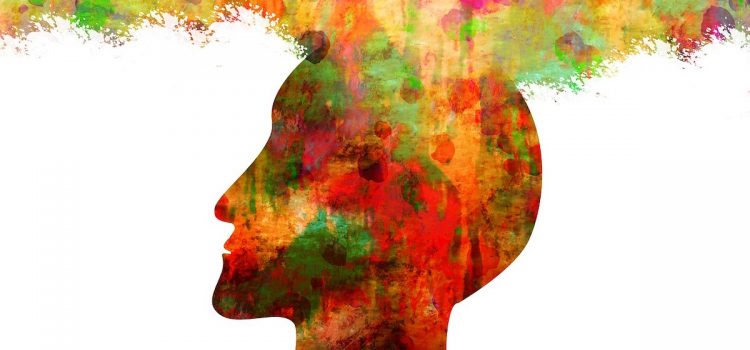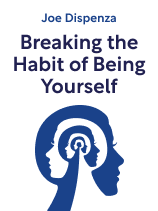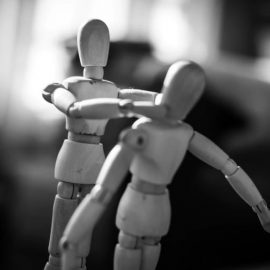

This article is an excerpt from the Shortform book guide to "Breaking the Habit of Being Yourself" by Joe Dispenza. Shortform has the world's best summaries and analyses of books you should be reading.
Like this article? Sign up for a free trial here.
What are thinking habits? How do thoughts become habitual?
Just like physical habits, we can develop thinking habits. When you think the same thought over and over again, it literally becomes hardwired into your brain thanks to neuroplasticity—the brain’s capacity to change in response to stimuli.
Here’s how thinking habits form, according to Joe Dispenza.
Neuroplasticity: How Thinking Habits Form
Recent research in neuroscience has shown that our brains have the ability to change in response to stimuli, both internal and external. This quality is referred to as neuroplasticity, and it means the way you think can literally change the structure of your brain. Let’s look at how this works.
(Shortform note: While the field of neuroplasticity is relatively new, growing research into the field shows that the plastic nature of our brains allows us to change or recover from trauma, mental illness, and even brain damage. Moreover, the brain’s ability to change itself appears to be unlimited, suggesting that we have more control over our brains than science previously thought.)
When you have a thought or feeling, certain neurons in your brain fire electrical signals. The more often neurons fire at the same time, the more likely they are to fire at the same time in the future—in other words, neurons that fire together, wire together, a principle known as Hebb’s law.
(Shortform note: Hebb’s law explains how to create and strengthen the neuronal pathways for new, positive habits, but to do so you must replace older, negative habits. The process of pruning away old habits can be described by the inverse of Hebb’s law: Neurons that fire apart, wire apart. It’s much harder to make your neurons fire apart after they’ve already become wired together. One of the best ways to prune away old habits is to make a large, drastic life change, forcing your brain to change how it operates so it can no longer rely on the old habits. However, such changes can be difficult and frightening. Another way to force neurons that are wired together to fire apart is to make small, conscious changes that you frequently reinforce.)
Because of neuroplasticity and Hebb’s law, the thinking-feeling loops change the structure of your brain—frequently thinking or feeling something causes you to repeatedly use the neurons associated with those thoughts or feelings, which hardwires those thoughts or feelings into your brain, forming a thinking habit.
For example, when you see an ad featuring a supermodel, you may feel shame when you think about your body. If you see this ad repeatedly, the neurons that fire when you feel shame and the neurons that fire when you think of your body will begin to wire together, and eventually you’ll start to think about how your body looks any time you feel shame. You’ll have hardwired this association into your brain and made it a habit.
(Shortform note: Dispenza’s principles may be based on an oversimplification of neuroscientific law. While the maxim “neurons that fire together, wire together” is catchy, what’s more accurate is to say that when neuron A’s firing causes neuron B to fire, it is more likely that neuron A’s firing in the future will cause neuron B to fire again. This means that the firing between the two is not perfectly simultaneous—neuron A would need to fire an instant before neuron B—and also that it is not necessarily reversible—just because neuron A causes neuron B to fire doesn’t mean neuron B will cause neuron A to fire.)

———End of Preview———
Like what you just read? Read the rest of the world's best book summary and analysis of Joe Dispenza's "Breaking the Habit of Being Yourself" at Shortform.
Here's what you'll find in our full Breaking the Habit of Being Yourself summary:
- How your habits are keeping you from growing
- How to unlearn your harmful habits to create a new you
- A four-step meditative practice to help you learn new habits






